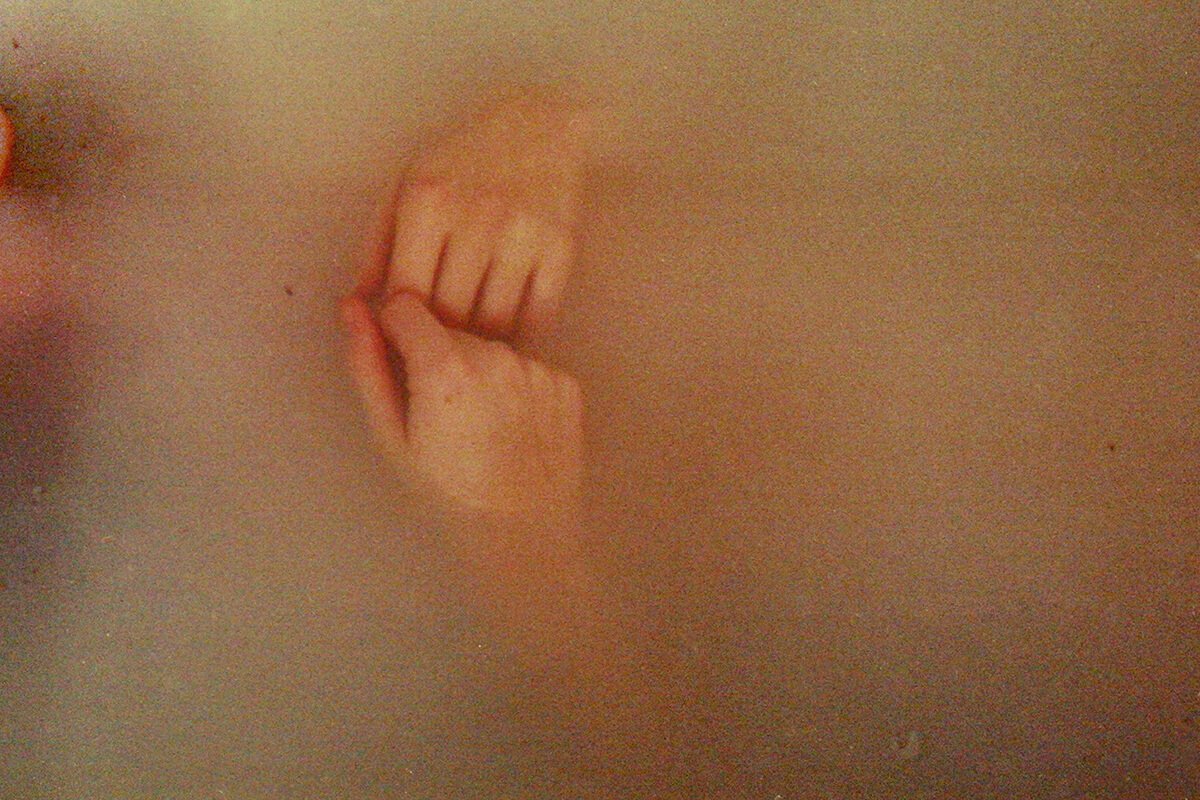INTERVIEW
Everything Connected
WITH MARGARET DUROW
An interview with Margaret Durow
Margaret Durow is a 30-year-old photographer whose work focuses primarily on self-portraiture and the landscape of her home state, Wisconsin. Her images bring out the magic and mystery that can be found in one’s life and local surroundings, but are also indelibly marked by her personal experience of living with chronic pain. Meditative, poetic and melancholic – and shot uniquely in both analog and digital – they plot a meandering route through the wonder of growing up in a setting both harsh and majestic, and of the pain, the awe, the longing and the delight this entails; a wonderful, aching beauty.
Her new book, Margaret Durow is available now through Setanta Books and focuses both on her personal journey and life in in Wisconsin. Keen to learn more we put some questions to her…
In your press release you mention that photography allows you to express and remember how you feel. Can you tell us a little more about this, how your use of photography came about and the methods you use in your photographic practice?
I started taking photos mostly when I was in high school to capture memories with my friends. When I began posting online, I became more interested in using my camera to express an emotion visually. I still take photos to remember how I feel at the time. With the choices I make, such as how to capture the light, and which photos to share, I try to convey that feeling to others.
Your work paints a picture of solitude in vast landscapes. We only ever see you in the frame, and often you’re obscured by shadow. We are therefore left with an impression of an insular, inner world. Is this conscious?
My intention is more to convey the figure as part of the landscape. I often place a human figure in a landscape to show them as another element in the landscape, the same way I would photograph a plant or a bird, as part of the ecology – not separate from it, but trying to understand its connections to everything else.
You’ve had multiple back surgeries and now live with chronic pain. It is something that is occasionally explicit in your work, but often implicit or subtly referenced – you often turn your back to the camera and even the curve of the title text of your book references an arching spine. Does photography help quell, or rationalize this pain? Or is that overly simplistic?
Photography helps me process my experience of the world, and chronic pain is one aspect of it. Self portraiture can be therapeutic because it brings me back to the present moment, to myself, and my body. Taking my own photo also gives me control over the gaze. I can shape the perspective and I feel empowered when I share an expression of how I feel inside.
It’s important to me to make visible what informs my work and how I move through the world. My physical mobility and pain have changed over the years, with managing and healing always fluctuating. There is always tension in my body because my spine can’t physically bend in the length of 13 vertebrae. I have muscle paralysis in the front part of my right foot and ankle from nerve damage, which makes it difficult to lift my right leg when walking, so I limp. I also have cerebrospinal fluid leaking inside my lower back and this can cause pressure imbalances and intense migraines. Sometimes during a flare I can’t get out of bed and I’m always learning how to listen and respond to my body. It can be exhausting both mentally and physically. I find relief in feelings of weightlessness like floating in water, and I try to explore that type of balance of opposites, tension vs. weightlessness, in my photography.
It has been challenging to continually readjust to new ways of experiencing the world and being perceived by the world. Finding magic and awe is a way I have always been able to make sense of how I feel. By spending time in nature and with my photography, I try to create peaceful and safe little worlds for myself and to share with others.
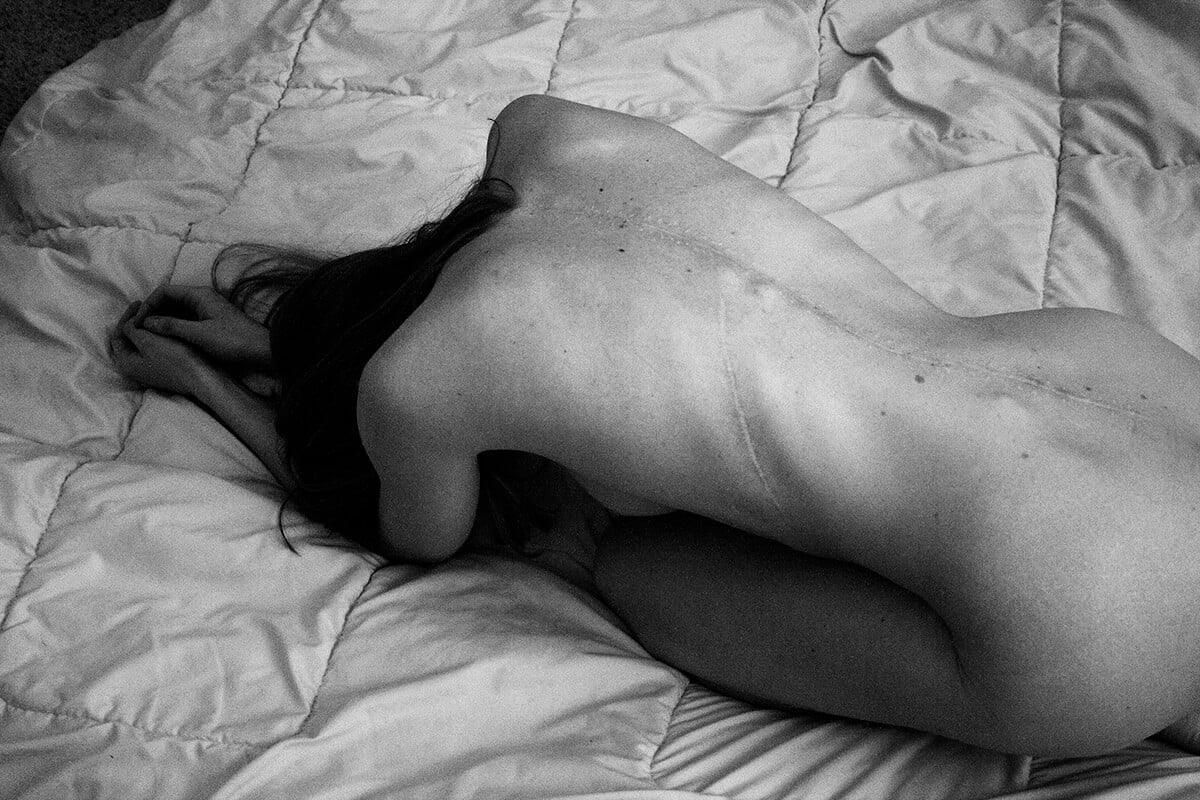
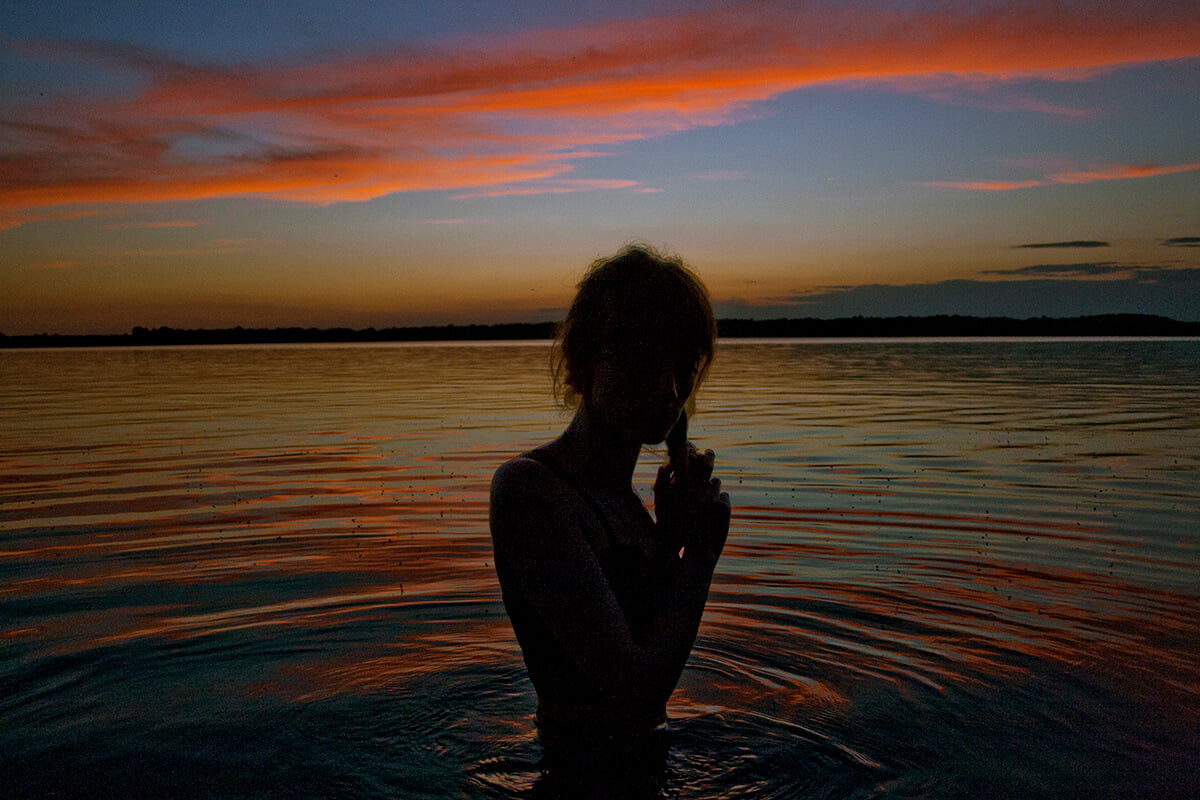
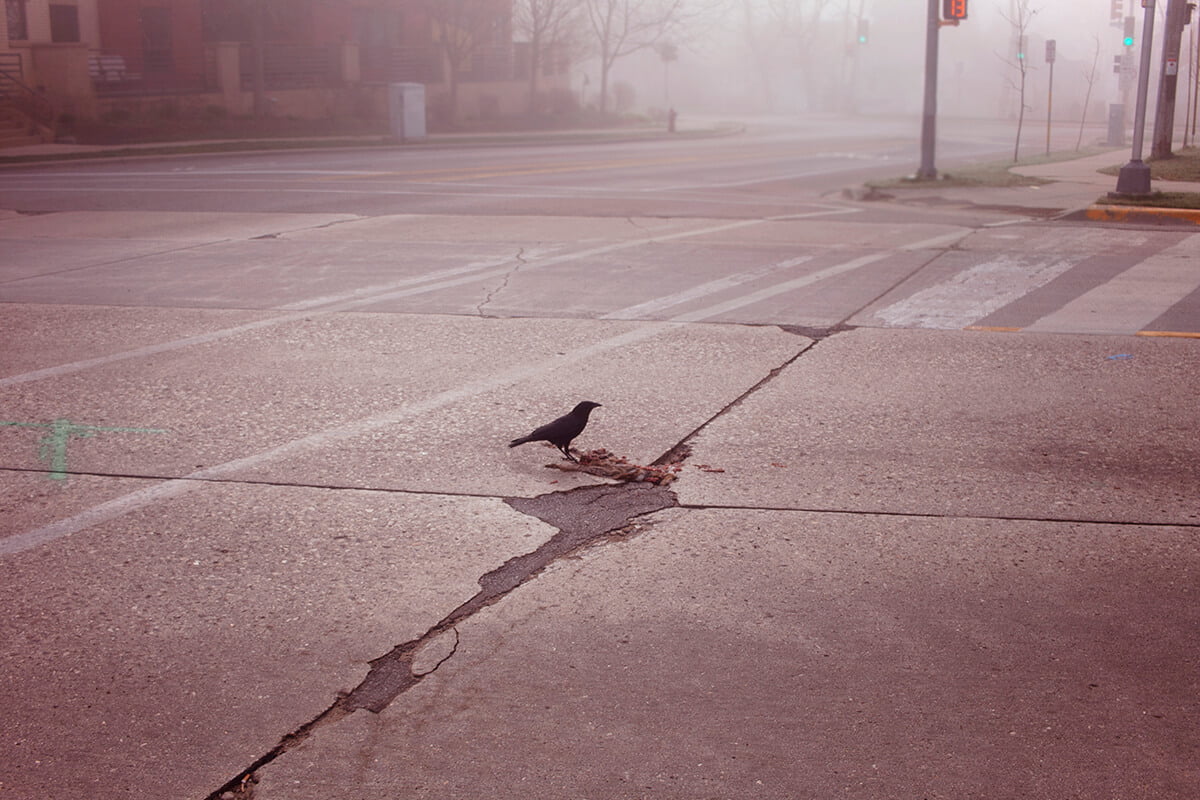
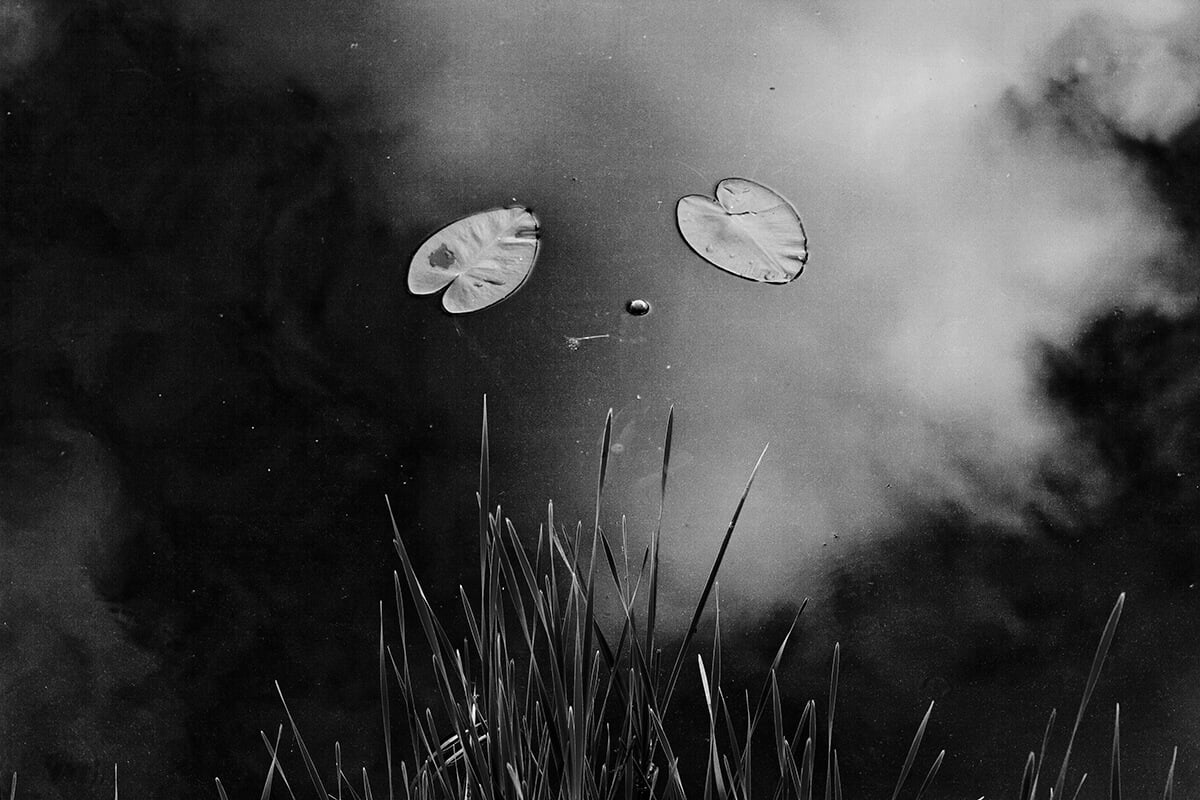
You have a Bachelor of Science degree in Biological Conservation and Environmental Studies. How did studying the sciences affect how you look at the world, and how you take photos?
Conservation Biology and Environmental Studies helped me to look at the world through an ecological lens. As an undergraduate student, I worked in a botany research lab, where we reconstructed landscapes of the past by studying their ecology over long periods of time. This encouraged me to think about how the landscape had been shaped over time through geology, climate, and people, and my place within that history and culture. Photography is one way of exploring my own ecology. It helps me understand how my own body has been shaped by, and exists within, the landscape, and to notice the ever-changing natural cycles that we all depend on and are a part of.
In a world where many people relocate continually, what inspired you to focus in on the place where you grew up? Do you think you’ll always stay in Wisconsin?
After I graduated at UW Madison, I worked at the UW Herbarium, preserving and digitizing dried plant specimens. I loved this combination of art, plants, and working with a historical record that could tell us about the landscape and history that it came from. I also knew that with my physical challenges, working in a library or archive setting could be a good fit for me, so I completed my Masters of Library and Information Studies at UW Madison. I now work full-time for a library that is connected to a forest research facility in Madison, so I’m working in a combination of the fields that I studied, and it inspires me to continue looking at the landscape through an ecological lens. I’ve stayed in Wisconsin primarily because it’s where I have the support I need from family and friends and have found employment with health benefits, all making it easier for me to live on my own. Wisconsin is a beautiful place to live and explore. I think there is value in staying in one place, looking back at its history, and observing changes over time. Even moment to moment, a particular place does not stay the same, so there is always something new to feel.
In a previous interview you mention that empathy is what interests you in photography. Can you say more about that?
To me, empathy means feeling what another person feels. I think with photography there is an ability to affect a person’s emotions just by looking at a photograph, which is what I try to do with my work.
Much of your work seems to be autobiographical. What role do you think autobiographical photography plays in the greater world? What makes it have so much resonance for others?
I practice autobiographical photography because it feels less like I’m taking something from someone else or being intrusive with my camera. By taking photos of my own circumstances, I am not objectifying anyone else. I try to help others see myself as a subject, a human, with many dimensions connected to and concerned with the larger world. By sharing my own intimate world, I try to speak to others on a personal level. My aim is to create work that is personal to me, but allows the viewer to connect to a similar feeling in themselves.
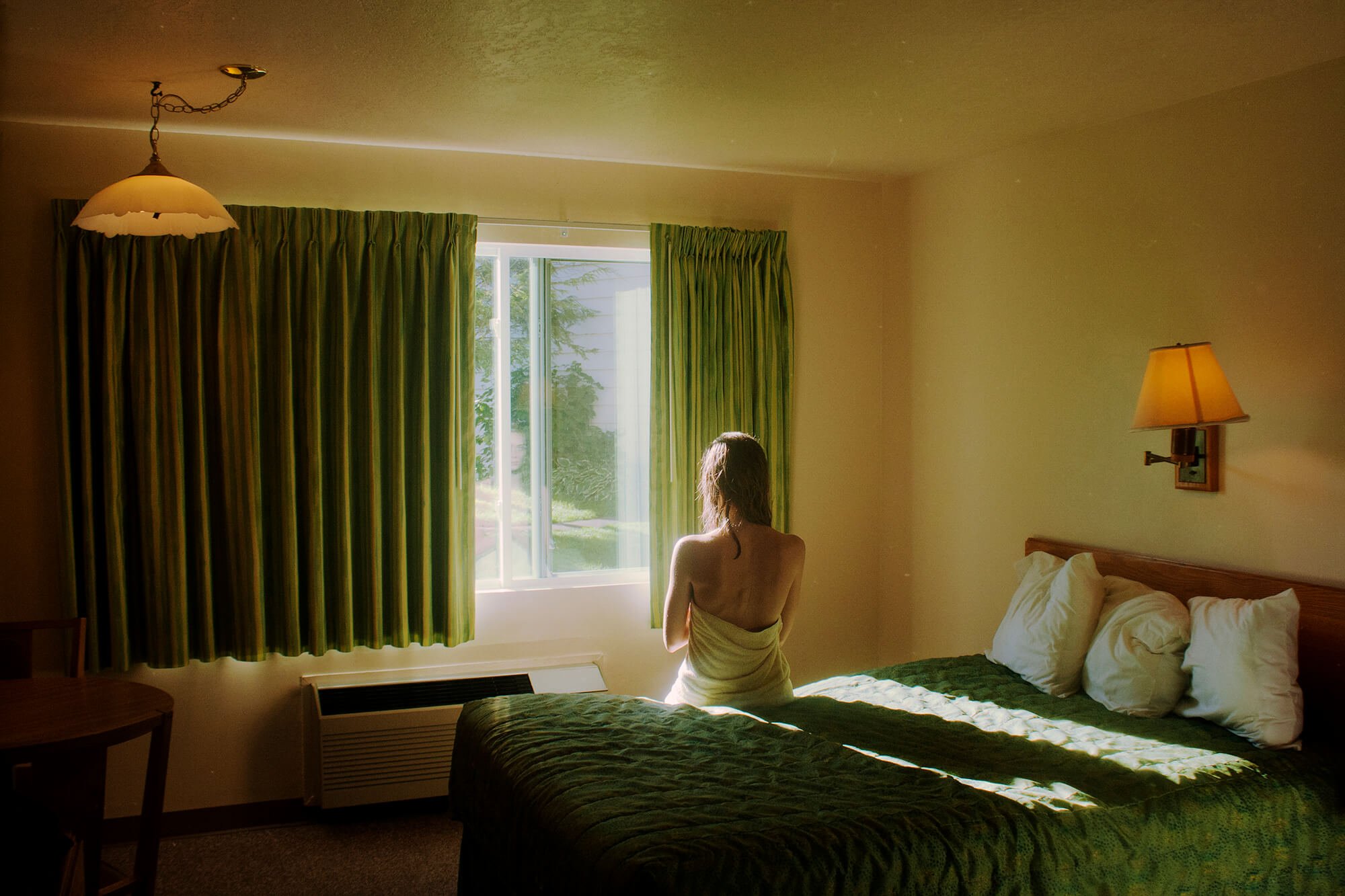
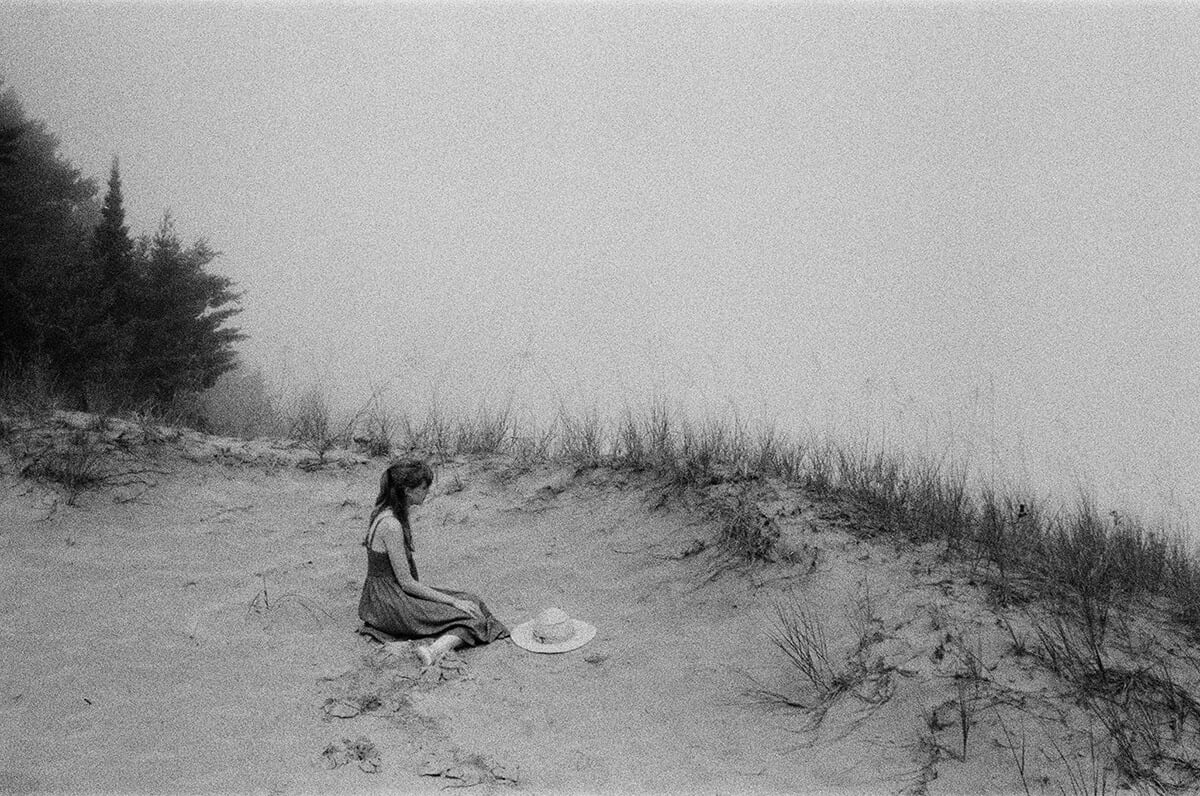
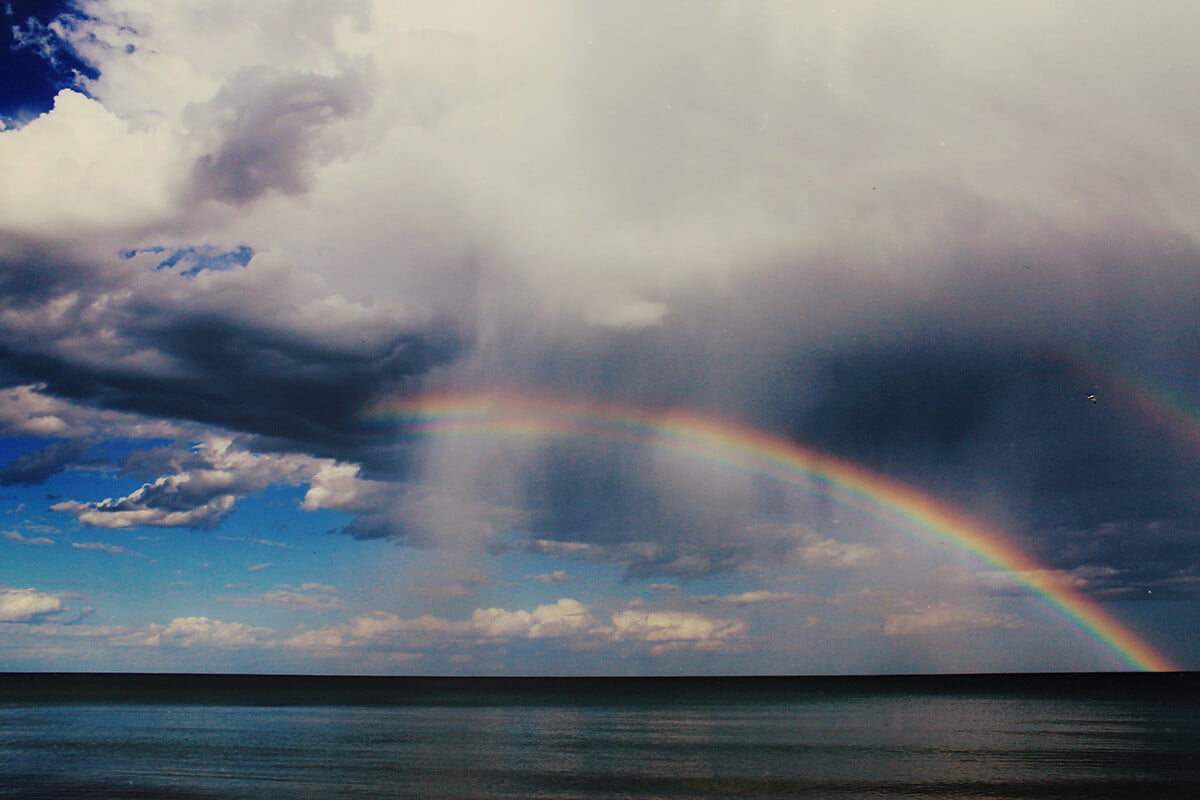
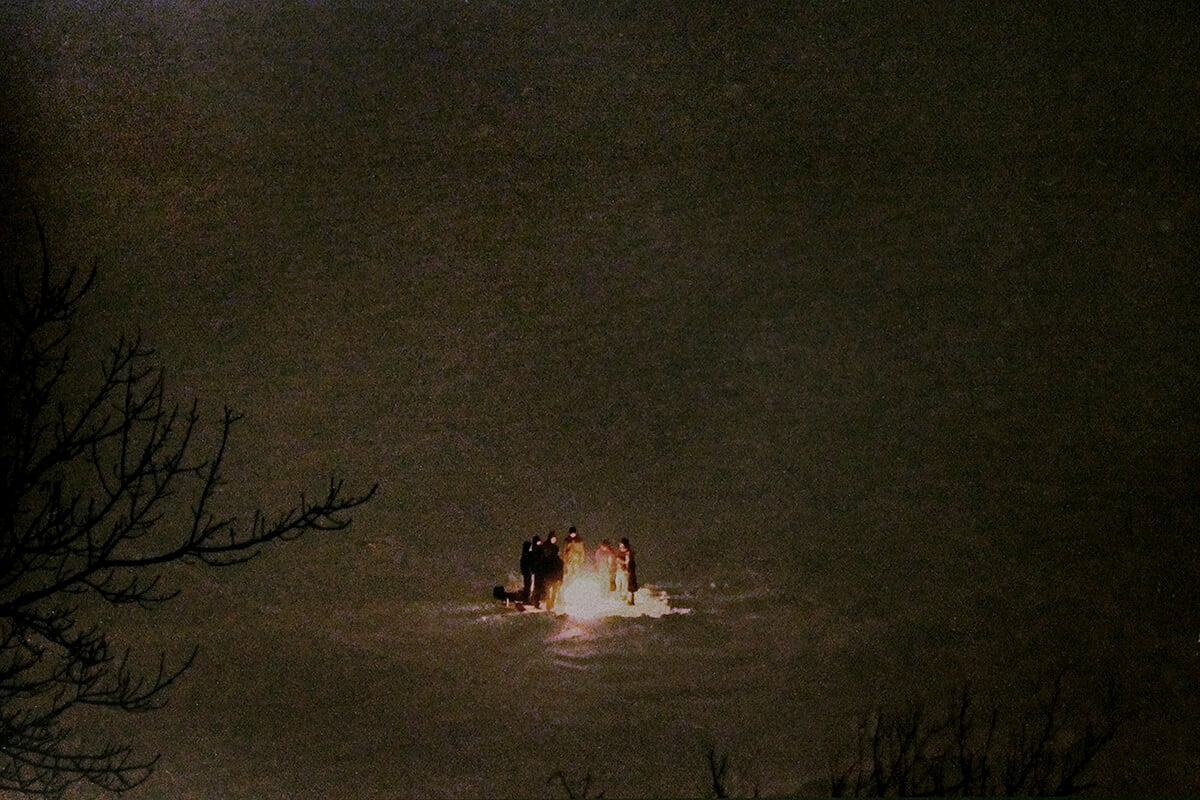
You shoot with both analog and digital cameras, in both black and white and in color. What guides your decision to use one or the other with each shot? Do you use any filters or other accessories and if so, how do they affect your work?
I love the look and feeling of film but it takes more time, energy, and resources. I do not use filters, but I do some editing in photoshop to try to bring out the feeling of a moment. I have a few film cameras with different types of film which produce different aesthetics. My goal is to make a photo look visually how I felt, so sometimes if I am able to plan ahead, I will make choices about when to use certain film or camera, if it fits the setting, and sometimes, especially if I am shooting digital I will decide to bring out certain colors and tones later in photoshop.
How was the process of putting the book together? Were there aspects that were particularly challenging and/or rewarding?
Putting the book together was a lovely experience. Tom from Open Doors Gallery and Keith from Setanta Books were both very helpful in narrowing down the selection of photos I sent, and working on the layout and technical details. I like that the book is part of a series of books with other photographers, so it feels both personal to me and part of a larger context within their structure of the cover design and format. The most challenging part was writing the intro. I take photos so that I don’t have to use words to explain my perspective, so describing my work in words is always a challenge.
And finally, what would you like viewers to come away with after experiencing your photography?
What I like about art is being able to go into another world and experience it for a little while. It might bring out a feeling I had, or show me a completely new perspective. I want my photos to invite a viewer to come into my world for a little bit.
All images © Margaret Durow
See more at www.margaret-durow.com and follow her on Instagram: @margaretdurow
